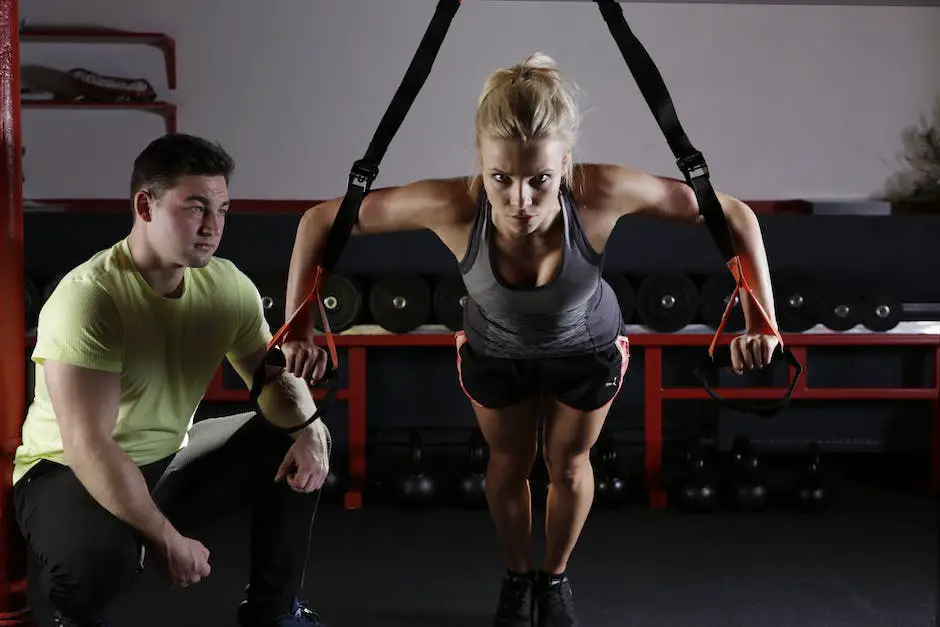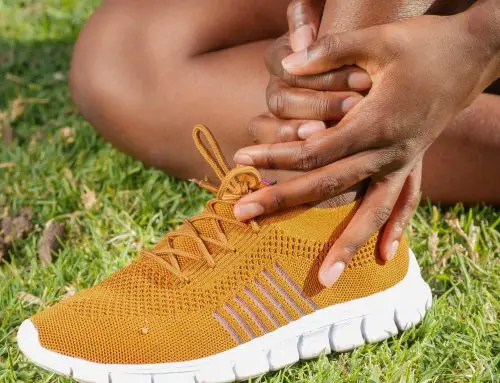Looking to gain some muscle, but don’t want to end up with tennis elbow? Don’t worry, you don’t have to choose between looking good and feeling good. We’ve compiled a list of effective weight lifting techniques that won’t leave you with a sore elbow and a broken spirit. So, grab your dumbbells and let’s get swole without the toll!
Contents
- 1 1. Introduction: Understanding Tennis Elbow and Its Impact on Weight Lifting
- 2 2. The Importance of Proper Form and Technique for Tennis Elbow Sufferers
- 3 3. Tailoring Your Weight Lifting Routine to Prevent and Alleviate Tennis Elbow
- 4 4. Key Exercises to Strengthen Grip and Forearm Muscles without Aggravating Tennis Elbow
- 5 5. Gradually Increasing Weight and Intensity to Prevent Re-Injury and Build Endurance
1. Introduction: Understanding Tennis Elbow and Its Impact on Weight Lifting
So, you think you’re the king or queen of the weight room, huh? Pumping iron with the best of them, grunting with each rep, and pushing your limits until you can’t even lift your water bottle without shaking. But wait, what’s that pain in your elbow? Is it just a minor inconvenience, or could it be something more serious? Yup, you guessed it – you might just have tennis elbow.
- What is tennis elbow, you ask?
- Well, it’s not just something that happens to Roger Federer or Serena Williams.
- Tennis elbow, or lateral epicondylitis, is a painful condition that occurs when the tendons in your elbow become inflamed.
This inflammation leads to pain and tenderness on the outside of your elbow, and can make even the most mundane tasks – like opening a jar of peanut butter or typing an email – feel like torture. So, if you’re a weight lifter and you’re feeling some twinges in your elbow, it’s time to pay attention. Because if you ignore it, it could seriously impact your gains, bro.
You might be wondering how tennis elbow happens in the first place. Well, it’s usually caused by repetitive motions – like lifting weights, for example. When you repeatedly use the muscles in your forearm to lift weights or other heavy objects, the tendons in your elbow can become damaged. And if you don’t take steps to prevent or treat it, that damage can lead to chronic pain and weakness in your elbow.

2. The Importance of Proper Form and Technique for Tennis Elbow Sufferers
Are you one of the unlucky tennis elbow sufferers out there? Have you tried all the usual remedies with no success? Well, fear not! The key to overcoming this pesky condition lies in proper form and technique. And let me tell you, it’s a game-changer.
First things first, let’s talk grip. If you’ve been gripping your racket like it’s your mortal enemy, it’s time to switch it up. A proper grip should be firm yet gentle, with your fingers comfortably wrapped around the handle. Avoid gripping too tightly, as this can put unnecessary strain on your elbow. And if you find yourself white-knuckling it during a nail-biting match, take a deep breath and remind yourself: it’s just a game.
Next up, let’s work on that swing. No more wild flailing, folks. Keep your arm close to your body and use your wrist to generate power. And if you hear a popping sound mid-swing, stop immediately and reassess your form. Remember: slow and steady wins the race. Taking the time to perfect your technique may not make you an instant tennis superstar, but it will definitely save you from a world of pain.
- Tip: Stretch before and after playing to warm up your muscles and prevent injury.
- Tip: Invest in an elbow brace to provide support and prevent further damage.
- Tip: Take breaks between matches or practice sessions to give your elbow a chance to rest and recover.
3. Tailoring Your Weight Lifting Routine to Prevent and Alleviate Tennis Elbow
Are you tired of experiencing sharp elbow pain every time you hit the gym? Well, we got you covered! Here are some tips to help you tailor your weight lifting routine and prevent tennis elbow from ruining your workout sessions.
- Replace your steel pipes with rubber hoses: Say goodbye to metal bars for a while and opt for rubber hoses instead. These will provide more cushioning for your arms while you lift weights. Plus, you get to pretend you’re a firefighter every time you lift. Win-win!
- Make use of grip strengtheners: Don’t skip out on adding these babies to your routine. It can help to relieve some tension off your elbows by strengthening your grip on the weights themselves. As a bonus, you can use them to crush your opponents in thumb wars.
- Take a break and stretch: Sometimes, all you need is a little rest and relaxation. In between your reps, take some time to stretch your forearms and wrists to prevent any stiffness or discomfort. As a bonus, you can show off your mad dance moves to your fellow gym-goers.
By no means does this list cover all the various methods you can use, and if you’re experiencing severe pain and inflammation in your elbow, we recommend visiting a medical professional. But by using these tips, you can prevent the onset of tennis elbow and continue doing what you love in the gym, like perfecting your bicep curl or napping on the bench press. Stay safe and lift on!
4. Key Exercises to Strengthen Grip and Forearm Muscles without Aggravating Tennis Elbow
Tennis elbow is no joke – it’s a painful condition caused by overusing the forearm and wrist muscles. But fear not, my fellow gym rats, for there are ways to strengthen your grip and forearm muscles without making matters worse.
First off, let’s talk about finger curls. No, I’m not talking about a new dance move, I’m talking about a palm-up dumbbell curl where you curl just your fingers towards your palm. Simple enough, right? Just make sure to use a light weight at first and gradually increase the weight as you progress.
Another great exercise for strengthening your grip is the plate pinch. Simply pinch a weight plate in between your thumb and fingers and hold for as long as you can. Your forearms will be on fire, but trust me, it’s worth it. Plus, it’s a great way to work on your pinch grip if you ever find yourself in a pinch. Pun intended.
Last but not least, we have the farmer’s walk. Not only does this exercise work wonders for your grip and forearms, but it’s a great way to get your steps in for the day. Just grab a pair of heavy dumbbells or kettlebells and walk around like you own the place. Your grip and forearms will thank you later. Plus, you’ll look like a total badass.
5. Gradually Increasing Weight and Intensity to Prevent Re-Injury and Build Endurance
First things first, don’t be a hero. We don’t want any more injuries around here. So, gradual increases in weight and intensity are key. Start light and work your way up at a pace that feels comfortable to you.
You want to build endurance, not a one-way ticket to the ER. So, start by lifting weights that won’t cause you to curse under your breath or require you to call for backup. Slow and steady wins the race, folks.
Now, let’s talk about intensity. You know what’s intense? Trying to walk the day after leg day. So, let’s avoid that kind of intensity until you’ve built up enough strength to handle it. Increase the weight and intensity of your workouts gradually over time, so you don’t put too much stress on your muscles, joints, or your ego.
In summary, take it easy, buttercup. We’re in this for the long haul, and we want to build up your endurance without causing any additional injuries. Start light, increase gradually, and don’t forget to rest and recover. You got this, champ!
In Conclusion: Don’t Let Tennis Elbow Weigh You Down
Congratulations! You now have a whole arsenal of effective weight lifting techniques to help you conquer tennis elbow. Remember to always warm up properly before lifting, listen to your body, and don’t push yourself too hard too fast.
We hope our guide has inspired you to hit the weights with newfound confidence and vigor. Just don’t forget to reward yourself with a celebratory ice pack and a glass of OJ after each workout – you deserve it!
Now go out there and show those pesky tennis elbows who’s boss!








Leave A Comment